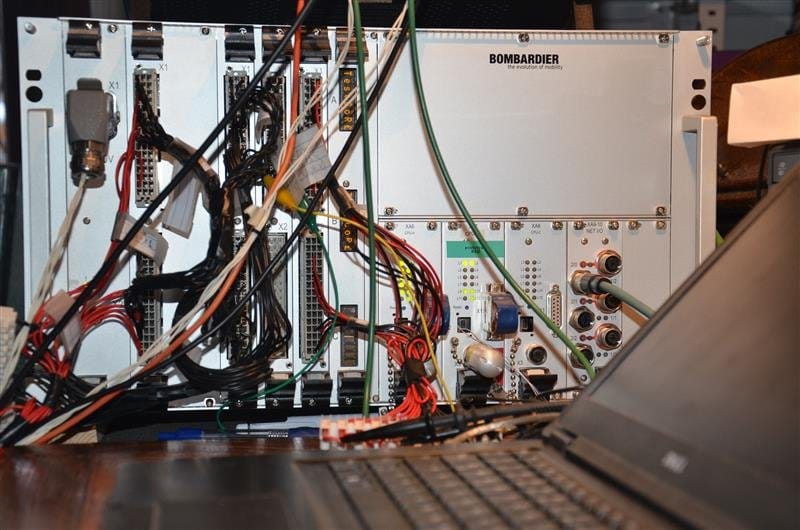Here is a list of my key responsibilities and activities:
- Conceptualizing and developing the start-up procedure for the Automatic Train Protection Control Unit, ensuring adherence to SIL 4 standards. This involved creating software for Linux and FreeBSD platforms.
- Making adaptations to existing source code to address issues, enhance functionality, and extend capabilities using C/C++ programming languages.
- Analyzing and implementing “nonconformity reports” and “change requests” to improve the system’s performance and meet requirements. Composing comprehensive documentation related to the ATP-CU, including specifications, user manuals, and technical guides.
- Conducting thorough verification of documents and change requests to ensure accuracy and compliance.
- Creating Debian installation packages for the ATP-CU, facilitating the deployment and installation processes.
- Implementing Safety Integrity Requirements, such as CRC checks during the startup procedure of the dual computer system, to enhance system reliability and safety.
- Developing and implementing startup scripts for Linux and FreeBSD platforms to streamline the initialization process.
- Verifying test reports to validate the functionality and performance of the ATP-CU.
- Following the V-Model approach to software development, which encompasses requirements analysis, system design, implementation, testing, and validation.

ATP-CU

